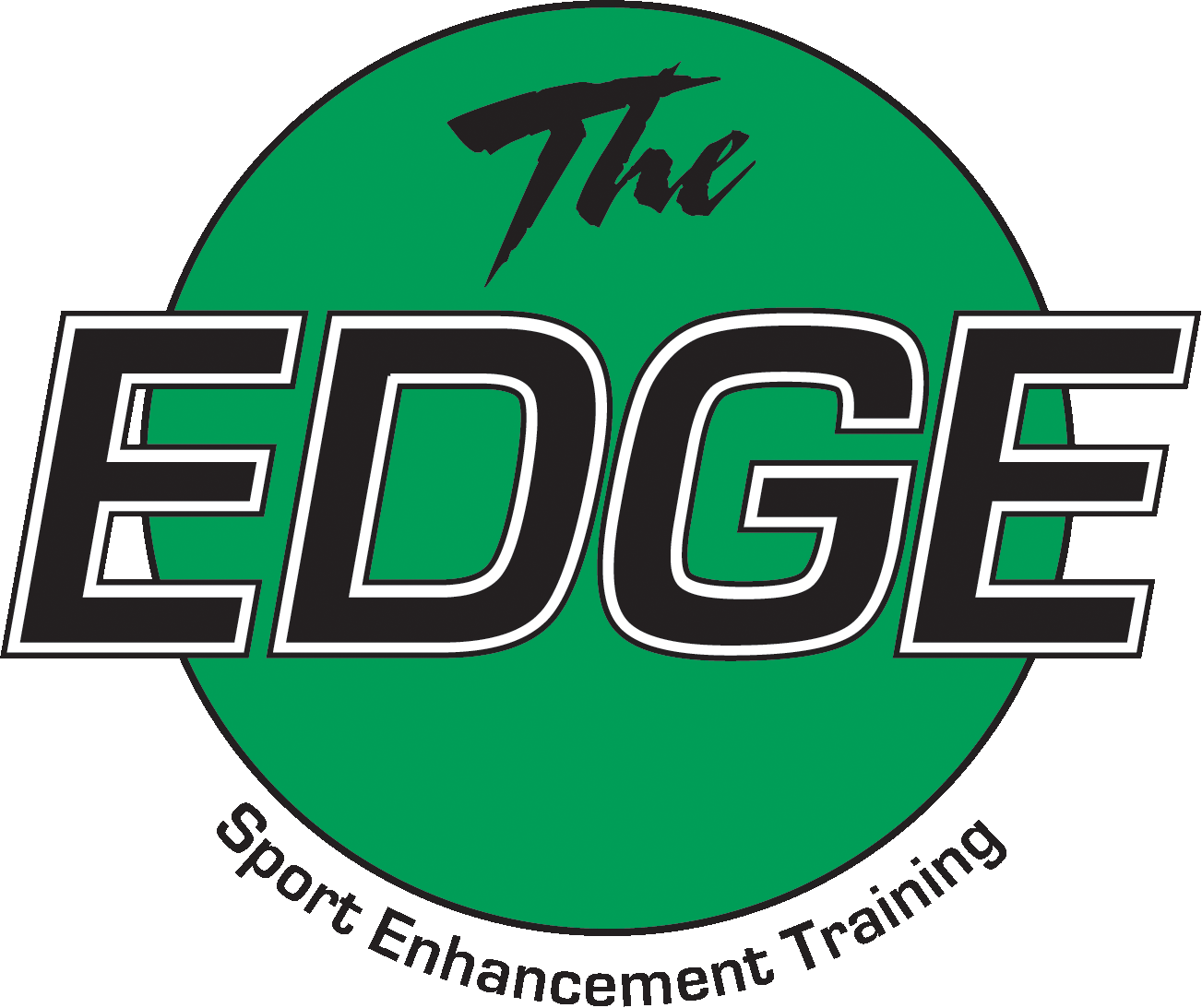Recovery/soreness Strategies
Recovery is the limiting factor to performance. Consider the demands of everyday life, plus intense training. The cumulative stress to your muscle tissue and nervous system require a recovery plan integrated into your overall daily and yearly game plan. This should include sleep cycle strategies, pre- and post-workout nutrition, as well as dedicated recovery days, weeks and cycles. Otherwise, your risk for overtraining or burnout shoots up.
Pre-Workout Recovery Strategies
ACTIVE STRATEGIES
- Soft Tissue Work - Myofascial release is a technique used to break down muscular adhesions or “knots” which can lead to structural imbalances inhibiting movement patterns leading to potential injuries. Physical activity and sedentary living cause adhesions to form in our muscle tissue. These adhesions increase tension, cause muscular imbalances and restrict range of motion.
- It is important to do 10 minutes of active Pre-Workout soft tissue work before a training session to maximize the quality and elasticity of a muscle before putting it under load or tension.
- Nutrition
- Don’t go into your workout on an empty stomach.
- Consume a small balanced snack containing carbohydrate, fluid, and a small amount of protein about 1–2 hours before your workout.
- Eat protein and complex carbs, minimize fat consumption prior to training.
- Complex carbs and protein fuel muscle tissue and provide a steady release of energy throughout your training session.
- Hydration
- 16oz of fluid on the night before exercise
- 16oz ml in the morning
- 16 to 32oz, 1 hour before exercise
- 8 to 16oz, 20 minutes before exercise
PASSIVE STRATEGIES
- Sleep - Sleep promotes the healing and growth of muscle tissue. In the non-REM stages of sleep, human growth hormone is released promoting healing and development of muscle tissue. While we sleep, our energy consumption is lowered increasing the amount of blood, oxygen and nutrients being delivered to muscle tissue. Review our Sleep Strategy Guide for your optimal sleep performance guidelines.
Post-Workout Recovery Strategies
ACTIVE STRATEGIES
- Soft Tissue Work - Post Workout- Soft tissue work promotes the repair of muscle tissue by increasing tissue temperature and enhancing blood flow to muscles. This increased flow of blood will aid in efficient recovery. From limiting delayed onset muscle soreness to aiding in lymphatic drainage, rolling may just be the quickest and easiest way to get the recovery process going.
- In your post-training window (5-15 minutes after training), address the soft tissues that were the most active during that day's workout.
- Hydration - Post workout hydration is crucial to recovery! The process responsible for the repair of muscles is called protein synthesis. Protein synthesis rebuilds muscle tissue that is broken down in a tough workout. If the body is not properly hydrated, protein synthesis will be slowed. This significantly increases soreness and decreases rate of muscular recovery.
- Weigh yourself before and after training. For every pound of weight you lose during activity, replace with 20 ounces of fluids.
- Be Active -
- A 15-20 minute active recovery workout the day after a training day that utilizes different movements, ranges of motion, and intensities than the movements that created soreness initially can give a great training effect without compounding soreness.
PASSIVE STRATEGIES
- Cold Shower/Tub - On a whole-body scale, immersing yourself in a cold tub of water brings down your heart rate and increases your circulation, minimizing inflammation and helping you recover faster. In fact, cold-water baths appear to be significantly more effective than rest in relieving delayed-onset muscle soreness, which typically occurs one to four days after exercise or other physical activity.
- NormaTec - The NormaTec System, created by a physician bioengineer (MD, PhD) to enhance blood flow and speed recovery, is the leader in rapid recovery. The system uses compressed air to massage your limbs and speed up recovery by mobilizing fluid from your limbs toward your core.
- A 20-40 minute recovery session can help reuce fatigue and speed recover

